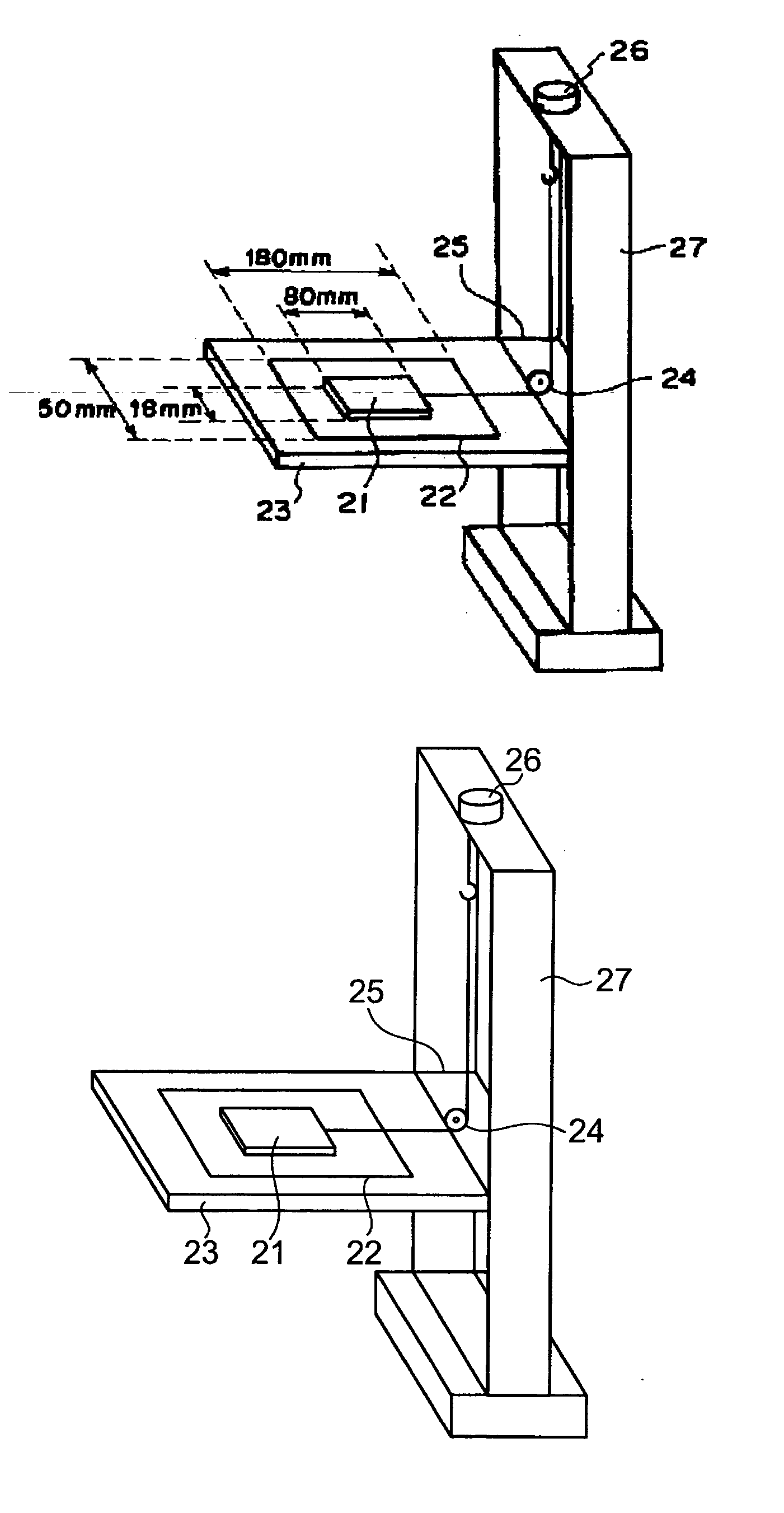Plastic film, gas barrier film, and image display device using the same
- Summary
- Abstract
- Description
- Claims
- Application Information
AI Technical Summary
Benefits of technology
Problems solved by technology
Method used
Image
Examples
example
[0329] The present invention will be further specifically explained with reference to the following examples of the present invention. The materials, amounts, ratios, types and procedures of treatments and so forth shown in the following examples can be suitably changed unless such changes depart from the gist of the present invention. Accordingly, the scope of the present invention should not be construed as limited to the following specific examples.
[0330] Method of measuring characteristic values in the example is shown below.
[0331] The surface smoothness of the plastic substrate used for the gas barrier film of the invention was evaluated by using a micromap equipment, “Micromap SX520-SD200”, manufactured by RYOKA SYSTEM Co. with reference to “average surface roughness: Sa” and / or “maximum height: St” as the index. The range for measurement was for 500 μm×500 μm to 1000 μm×1000 μm.
(Creaking Value)
[0332] Creaking value was measured by the following proc...
synthesis example
Synthesis of Polymer for Producing Plastic Film
[0392] BPFL (fluorene bisphenol) manufactured by JFE Chemicals was re-crystallized twice with acetonitrile, and vacuum-dried under heating at 70° C. for three hours to obtain a compound at an HPLC purity of 99.9% or higher. It contained 8.6 mass % of acetonitrile.
[0393] 253.03 g (660 mmol) of the obtained compound containing acetonitrile, 9.171 g (33 mmol) of tetrabutyl ammonium chloride, 2805 ml of dichloromethane, and 2475 ml of water were charged in a reaction vessel having a stirring device and stirred under a nitrogen gas stream in a water bath at 300 rpm. After 30 min, 167.03 g (660 mmol) of 2,6-naphthalene dicarboxylic acid chloride was charged in the form of a powder as it was and flushed away with 330 ml of dichloromethane. After 10 min, a solution formed by diluting 693 ml of an aqueous solution of 2 mol / L sodium hydroxide with 132 ml of water was dropped for one hour by using a dropping device and flushed away with 165 ml ...
example 1
Preparation and Evaluation of Gas Barrier Film
[0395] A plastic film of the invention, and a gas barrier film of the invention using the plastic film as a substrate on which a gas barrier layer is formed were manufactured in accordance with the following procedures.
(1) Preparation of Substrate Film
(1-1) Solution for Preparing Substrate film S-1
[0396] The composition of the solution for preparing the substrate film S-1 is as shown below.
Dichloromethane80 mass partsPolyarylate P-120 mass parts
(1-2) Preparation of Solution for Manufacturing Substrate Film S-1
[0397] In a 500 L stainless steel dissolution tank having a stirring blade, a polyarylate P-1 powder (flake) was gradually added while thoroughly stirring the solvent and a solution was prepared such that the entire amount was 300 kg. A solution with water content of 0.2 mass % or less was used. The polyarylate P-1 powder was charged in a dispersion tank and dispersed by dissolver type eccentric stirring shaft and central ...
PUM
| Property | Measurement | Unit |
|---|---|---|
| Temperature | aaaaa | aaaaa |
| Thickness | aaaaa | aaaaa |
| Thickness | aaaaa | aaaaa |
Abstract
Description
Claims
Application Information
 Login to View More
Login to View More - R&D
- Intellectual Property
- Life Sciences
- Materials
- Tech Scout
- Unparalleled Data Quality
- Higher Quality Content
- 60% Fewer Hallucinations
Browse by: Latest US Patents, China's latest patents, Technical Efficacy Thesaurus, Application Domain, Technology Topic, Popular Technical Reports.
© 2025 PatSnap. All rights reserved.Legal|Privacy policy|Modern Slavery Act Transparency Statement|Sitemap|About US| Contact US: help@patsnap.com



